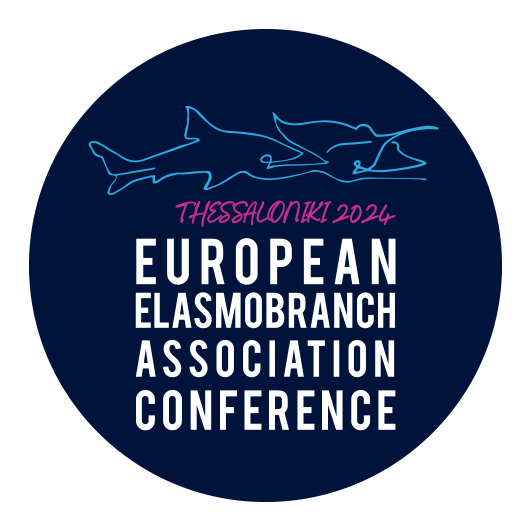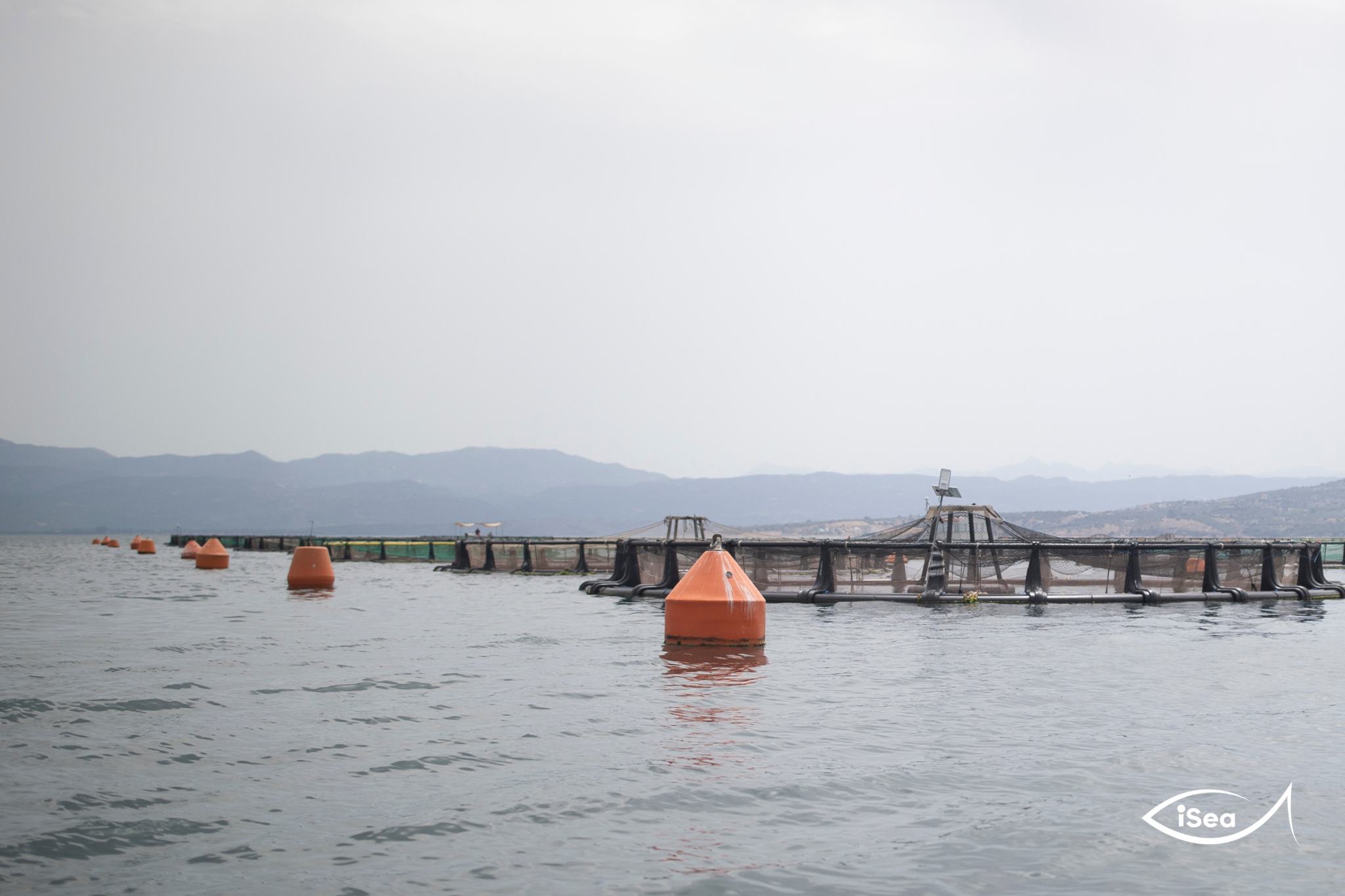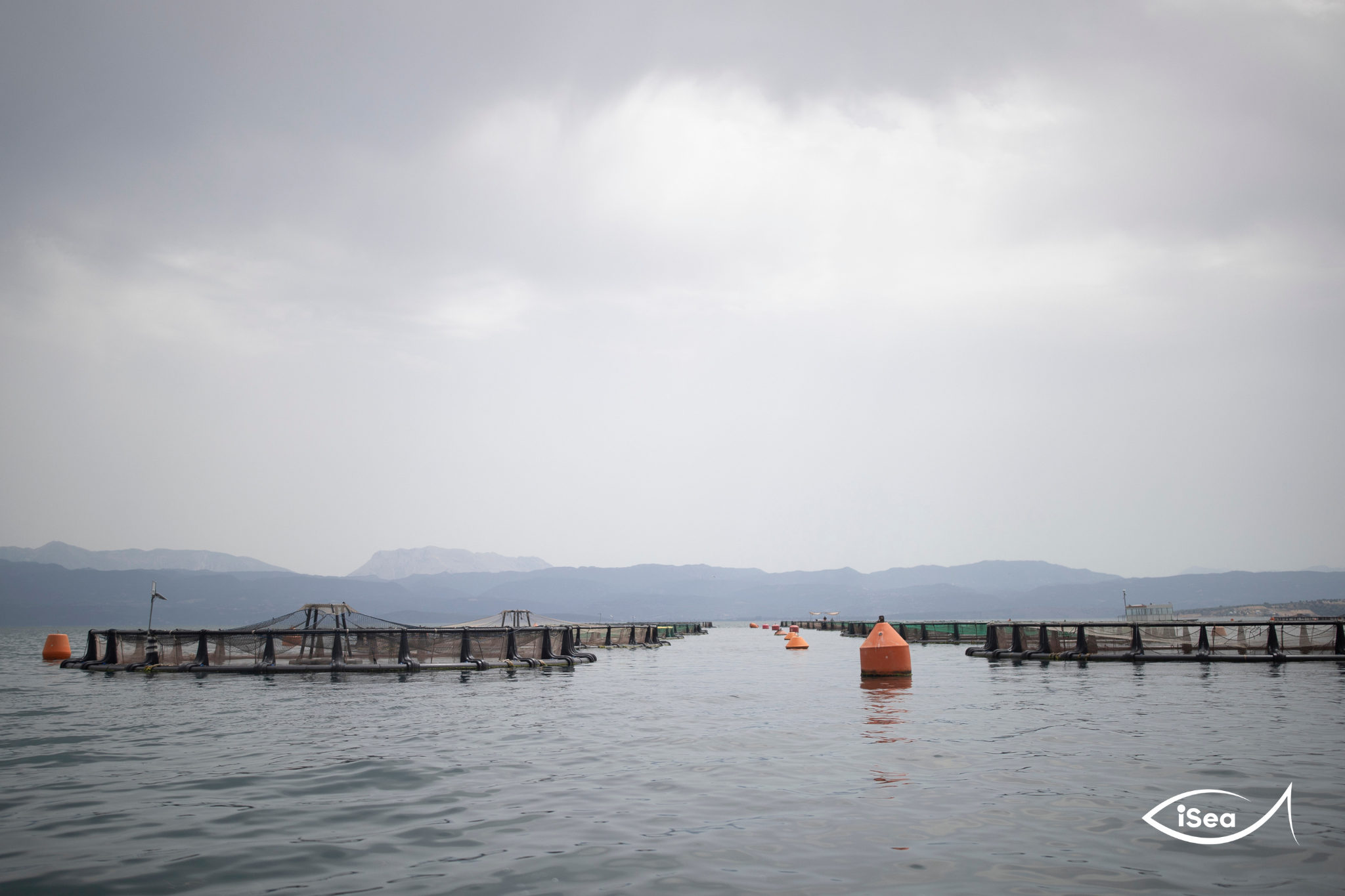7th November, Thessaloniki, 2025
JOINT POSITIONS OF 41 ENTITIES ON AREAS OF ORGANIZED DEVELOPMENT OF AQUACULTURE ACTIVITIES (POAY) OF THE AMVRAKIKOS GULF
A united front of 41 entities, including Municipalities, Local Associations, and Environmental Organisations, submitted their comments during the public consultation on the Strategic Environmental Impact Assessment (S.E.I.A.) regarding the designation and delimitation of the Areas of Organized Development of Aquaculture Activities (POAY) in the region of the Amvrakikos Gulf.
More specifically, the proposed POAY study provides for the rearrangement and expansion of intensive fish farming units, overlooking the ecological significance of the area and the already increased environmental threats posed on it.
The joint positions of the 41 entities focus, among others, on:
1.The ecological value of the Amvrakikos Gulf
The Amvrakikos Gulf constitutes one of the most important ecosystems of the Mediterranean and it is internationally recognized as a National Park (Joint Ministerial Decision 11989, Greek Government Gazette 123/D/21.03.2008), designated as a Wetland of International Importance under the Ramsar Convention (2/2/1971), and included in the Natura 2000 Network both as a Special Conservation Area (SCA) – Site of Community Importance (SCI) and as a Special Protection Area (SPA).
2. Establishment of POAY within a National Park and the ensuing environmental impacts.
The planning of POAY within the Park undermines the protection of Amvrakikos and its effective management for the protection of biodiversity and the resilience of the local community. The proposed rearrangement and expansion of intensive fish farming units by more than 100% (a 105% increase in production) will lead to further environmental degradation of an already sensitive and burdened area. Under these conditions, the quality of the water and sediments will deteriorate even further, with negative consequences for biodiversity and existing productive activities, such as small scale fishing and the “divaria” which are part of our cultural heritage.
3.Compatibility with the Special Environmental Study (SES 11b)
The SES recognizes that the entire Amvrakikos Gulf is important for the conservation of protected and threatened species, such as the bottlenose dolphin (Tursiops truncatus), the sea turtle Caretta caretta, the critically endangered species Pinna nobilis, and threatened corals, like the Cladocora caespitosa. Consequently, the proposed intensification and expansion of fish farming within the Gulf is of mayor concern, also considering the requirements of Regulation (EU) 2024/1991 on nature restoration.
4. Insufficient documentation
The proposed POAY is based on old studies and data, which in no way reflect the current state of the ecosystem, and omits studies that reveal the ongoing degradation of the Gulf (Ferentinos et al. (2010); Kountoura & Zacharias (2010; 2011; 2013; 2014); Naeher et al. (2012) and Kehayias & Aposporis (2014)), which attribute the phenomena of anoxia to intensive aquaculture activities over the last 20 to 30 years, among other causes (Ferentinos et al., 2010; Kountoura & Zacharias, 2011).
For all the reasons above, the signatory entities express their opposition to the rearrangement and expansion of fish farming units in the Amvrakikos Gulf.
An alternative proposal by the entities is the gradual removal of fish farms and the preparation of a Restoration Plan (including actions such as the restoration of the seabed in areas of abandoned fish farms), which could be integrated into the National Nature Restoration Plan that the country is obliged to submit by 1 September 2026.
Find the joint positions and the signatory entities here.


